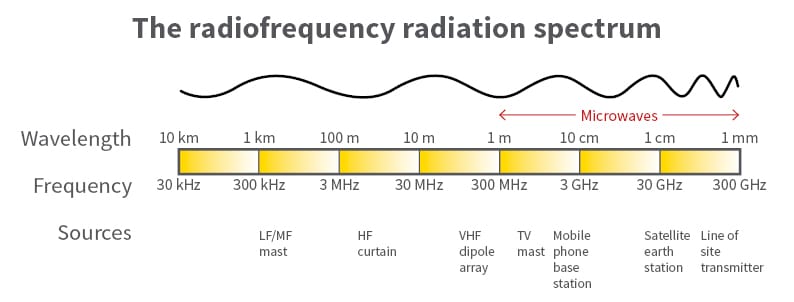The health risks of the 5G radiation are being debated, but one study has suggested that there is a connection between radiofrequency radiation and the development of cancers in male rats. This study was classified until it was declassified on the 12th of December 2012 by the Central Intelligence Agency, but it shows that radiofrequency can cause cancer in animals, which includes humans. In https://note1s.com/notes/32YARX , researchers were exposed to male rodents for a period of 15 days. They discovered that they developed the similar types of cancers humans do.

Health impacts of 5G radiation
While the rapid growth of wireless communications is causing the creation of 5G systems however, there is a growing concern regarding the health effects of 5G radiation. Although the higher frequencies do not penetrate the body as deeply as the older technology, researchers have raised concerns about possible effects on the system and are calling for more research. To ensure that does 5g emit radiation are protected to protect the population, the European Commission is requesting independent studies to determine if this technology could pose any health hazards.
It is crucial to remember that there's a large amount of misunderstanding about 5G's health impacts, and it is essential to clear any misconceptions that persist. Although the technology isn't yet widely used but there are a lot of people who are being told that it can cause health issues, most often through social networks where sensational use of language is commonplace.
Beamforming 5g radiation symptoms
Beamforming is one of the most crucial technologies used in 5G mobile networks. It is a method which makes use of multiple radiating elements to generate narrow beams. The aim in beamforming is minimize the amount of unwanted radiation in the resulting signal. This method is widely used for wireless communication systems, and is vital to 5G's low-cost coverage.
The method is based on electronic weighting of the individual signals from each antenna. This creates the small beam of radiation that increases cell coverage indoors and around the cell's edges. This is crucial because poor coverage can cause low user satisfaction. In addition to increasing the signal quality beamforming can help reduce the amount of noise a user experiences from other devices.
Power density
The intensity of 5G radiation coming from cellphone towers is similar to the previous generation of 3G and 4G systems. A reason that lower is the sensitivity of electronic components. The maximum radiation output for the 2G handset was around 2 Watts. The output of 4G phones was approximate 200 milliwatts.
The power density is how much electromagnetic energy is absorbed by the body from a specific distance. The power density of 5g radiation is usually measured in watts per square meters. Unlike the SAR measurement, it is an actual measure of the amount of electromagnetic energy within the space. The parameters for power density can be different for mobile devices and wearables depending on their operating frequency and distance.
Specific absorption
The Specific Absorption Rate (SAR) is a measurement that determines the speed at which a specific frequency depositions power in human tissues. In general, the SAR number should not exceed two Watts per kilogram of body mass. The SAR value is calculated by the electrical field present in tissues as well as the mass density, which is measured in kilograms per cubic millimeter. It has recently been applied to the proposed antenna design.
The latest radio technologies which comprise the network 5G work in frequencies that are below 6 GHz. These frequencies are known as millimeter waves. However, The FCC's SAR compliance program is only applicable to frequencies that are up six GHz. Furthermore to that, the SAR test requires that measurements are conducted in phantoms containing tissue simulating medium.
Health effects on skin
We are not aware of the effects of radiation from 5G in the body. The current knowledge is limited due to the absence of in-vivo experiments and theoretic models. However, there is an urgent need to conduct more studies of the effects of 5G radio frequency radiation on the human skin. Utilizing 5G radio frequencies may cause skin damage specifically to the epidermis, which is one of the most sensitive parts.
In contrast to 4G, 5G radiation is one of the highest frequencies that has been found to heat human body tissues. The human body is dipolar, so the increased frequency of 5G radio waves could cause heat in the skin. The exposure to radio frequencies from 5G may also affect other organs of the body, including the brain.
